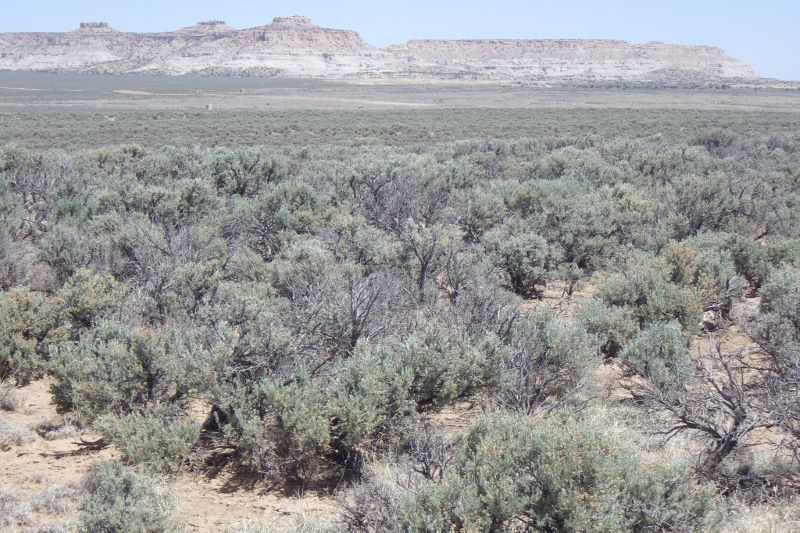Desert Vegetative Communities
Grade Level: 3-5
Lesson Background:
This lesson has students explore desert habitats and the types of plants that grow there. The overarching phenomenon involves explaining why the dry areas of Wyoming and Australia have similar vegetation despite being so far apart. Students will interpret temperature and precipitation data from these locations, investigate the types of plants that live there and their adaptations, and observe global patterns of desert distribution.
Lesson Resources:
- Lesson Plan (PDF)
- Lesson Plan (Word Doc)
- Lesson Plan Data
- gVeg User Guide
- Walter-Lieth Diagram Guide
Possible Guiding Questions:
How can Wyoming and Australia have similar vegetation despite their distance apart? How do temperature and precipitation impact plant communities? Why do deserts form in certain locations around the globe? What adaptations do plants have for living in dry, desert-like environments?
Possible Instructional Uses:
You may use this phenomenon to investigate several different ideas. You may introduce students to ideas of global climatic conditions that impact the distribution of certain habitats. At a smaller scale, you may have students investigate the range of temperature and precipitation that is characteristic of different biomes. There is also an opportunity to explore various plant adaptations to dry, harsh conditions, explaining the distribution and appearance of various types of plants.
Performance Expectations:
3-ESS2-1. Represent data in tables and graphical displays to describe typical weather conditions expected during a particular season.
3-ESS2-2. Obtain and combine information to describe climates in different regions of the world.
3-LS3-2. Use evidence to support the explanation that observable traits can be influenced by the environment.
3-LS4-3. Construct an argument with evidence that in a particular habitat some organisms can survive well, some survive less well, and some cannot survive at all.

Image: Matt Lavin - licensed under the CC Attribution-ShareAlike 2.0 Generic license.
Science and Engineering Practices
- Analyzing and Interpreting Data
- Constructing Explanations and Designing Solutions
- Engaging in Argument From Evidence
- Obtaining, Evaluating, and Communicating Information
Crosscutting Concepts
- Cause and Effect
- Patterns
Disciplinary Core Ideas
- Adaptation
- Variation of Traits
- Weather and Climate
Contributors:
Martha Inouye, Clare Gunshanen, Sienna Wessel, and Matthew Bisk
